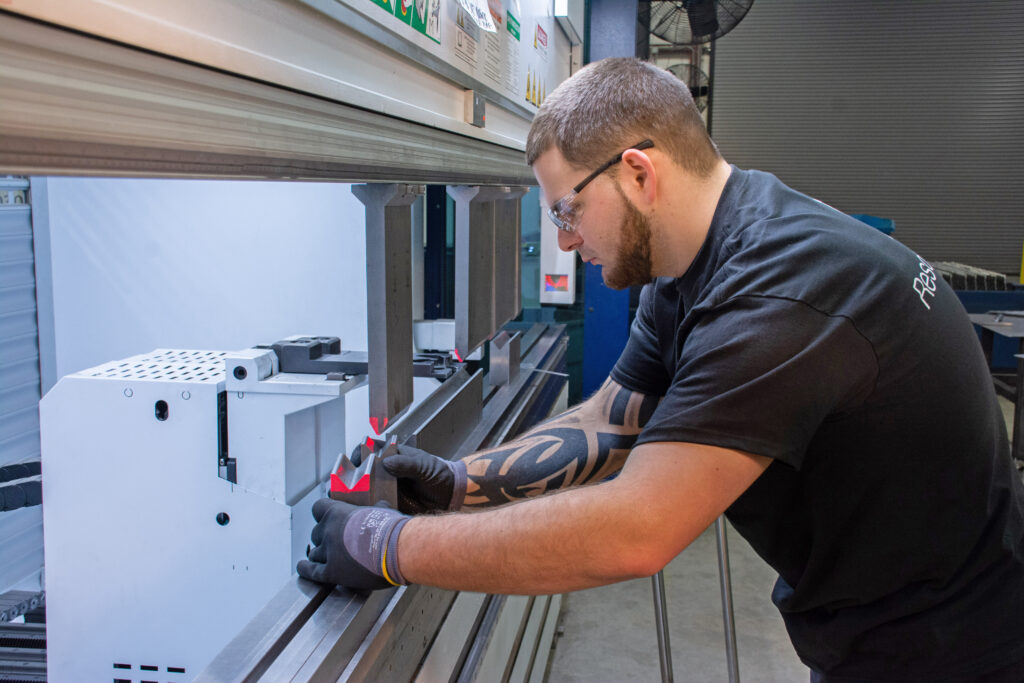The 4 quality control process steps
Quality control process
Have you ever wondered about the intricate details that go into ensuring your favorite products get to you in top working condition? It all goes back to the quality control process.
We’re exploring the ins and outs of the product monitoring and assurance procedures that manufacturers use to maintain the highest-quality standards. From careful planning to continuous inspection, discover the inner workings of quality control and the secrets behind your trusted purchases.
What is quality control?
In the realm of manufacturing, quality control involves all of the actions taken that ensure you’re getting exactly what you expect when making a purchase — a functioning, safe, and well-made product. These measures are taken to identify errors and verify that products meet relevant regulations and criteria.
According to the Intercom Customer Service Trends Report for 2023, 83% of support teams are seeing a rise in customer expectations, up from 75% the previous year. As a result, organizations are dedicating efforts to refine their product monitoring and assurance measures to better meet these demands.
At the end of the day, great quality control leads to a better experience on your end and helps manufacturing teams continuously improve their processes.
Discover the 4 steps of the quality control process
A strong quality control process can be broken down into four key components. Explore each step of the process further to understand how you end up with premium, trustworthy products.
1. Quality control planning
The first step of the quality control process mainly involves planning. Manufacturing teams take the time to outline their objectives and establish what quality standards look like for the product at hand. This involves understanding what it will take to meet predetermined benchmarks and ensure specific criteria are satisfied.
Organizations may consider questions such as:
- What are the specific consumer expectations and priorities to keep in mind?
- What is the team’s definition of quality control success?
- Are there compliance requirements to abide by?
- How often should the process be evaluated for improvement?
2. Quality control
Once teams have a plan in place, the actual quality control portion of the process can begin. During this phase, organizations physically check and test products to make sure they work like they’re supposed to. The goal here is not only to guarantee the pre-agreed standards are met but also to catch any mistakes or problems early on. The quicker manufacturers find and fix these issues, the better for their business and the end consumer.
3. Quality Assurance
While quality control covers the steps taken to check the actual product or services provided, quality assurance looks at how services are delivered and products are manufactured. Teams that track and check on their products and services from the start are more likely to catch mistakes before their offerings make their way to you. This is also important to keep issues from recurring.
Regular monitoring is a necessity if manufacturing organizations want to make quality assurance work well. To do so, they’ll generally call on experts from outside of the company to perform checks, so they’re not swayed by organizational interests.
4. Continuous Improvement
The final step of the process requires organizations to take stock of their methods and consider how they can make improvements moving forward: Quality control only works if teams are prepared to change as needed.
Fortunately, manufacturing organizations are always in pursuit of improving their procedures and offerings to guarantee consumer access to trusted products or services. As they boost their operations, you can expect improved experiences.
Why does the quality control process matter to you?
With the above in mind, you might be wondering why the quality control process should matter to you. Simply put, it’s more than just an industrial practice; it directly affects your experience as a consumer.
Strong procedures to maintain the superior quality of products and services:
- Support trustworthy products: A 2022 study from The Wall Street Journal found that 74% of consumers have experienced a product or service problem in the last year — up from 66% in 2020. Thanks to quality control, you can rest assured that what you’re buying is reliable and safe. More often than not great product assurance methods will guarantee your purchases even exceed your expectations.
- Provide peace of mind: As teams put extensive procedures in place for product inspection and testing, your purchases are less likely to have unexpected issues. This not only spares you the potential headache of product malfunctions but also supports your safety.
- Demonstrate brand integrity: Companies that actively monitor their offerings and improve their operations show that they care about your satisfaction. Considering Customer Strategy Network reports that 68% of consumers are more likely to purchase from brands they trust, companies with effective product assurance are reliable options to keep in mind.
How trusted partners support more reliable products
The role of quality control in manufacturing promotes customer satisfaction with a range of goods, parts, components, and finished products that are produced every day. But, achieving this level of excellence requires a trusted partner that can help you get into a quality control career.
ResourceMFG stands as a beacon of industry expertise, offering a wealth of knowledge across industries. We’re helping manufacturing teams access top talent to unleash their potential and maintain premium quality control processes — helping consumers like you enjoy the experience you expect and deserve.
Discover more manufacturing insights on our blog or contact us today to learn more about our offerings.
